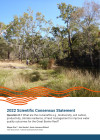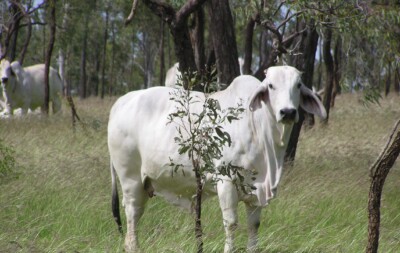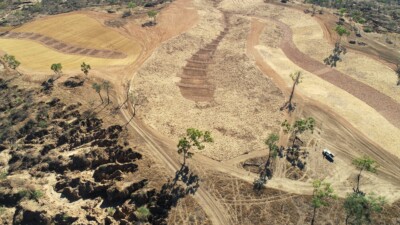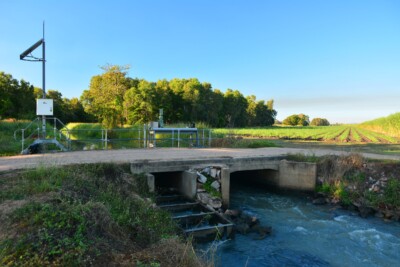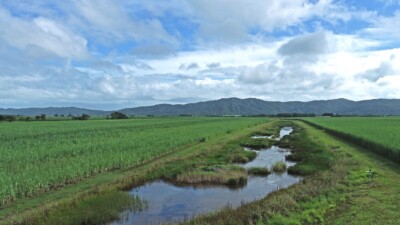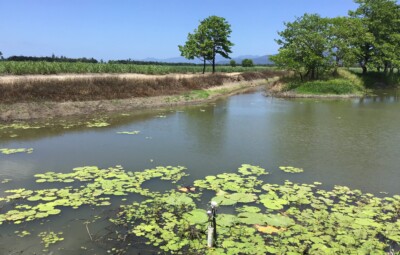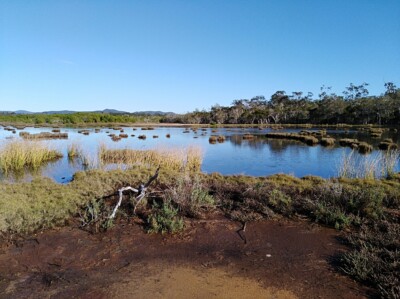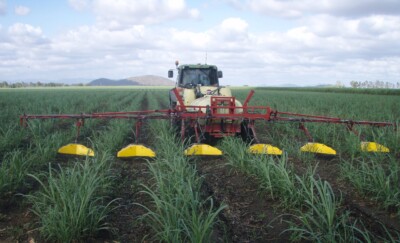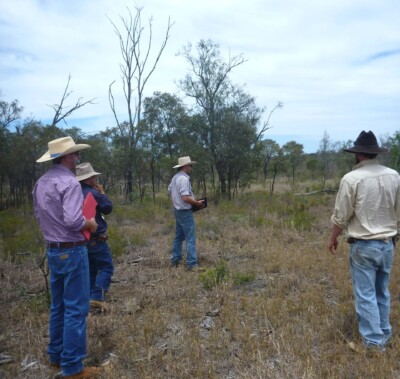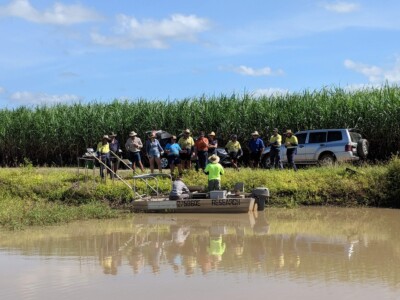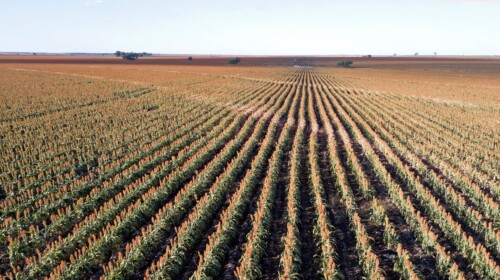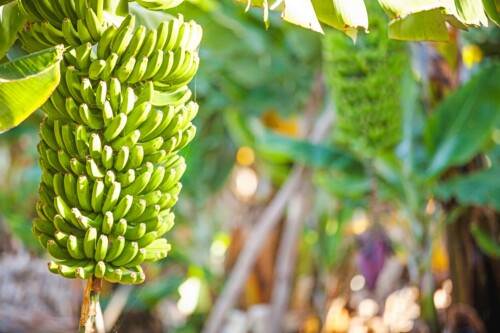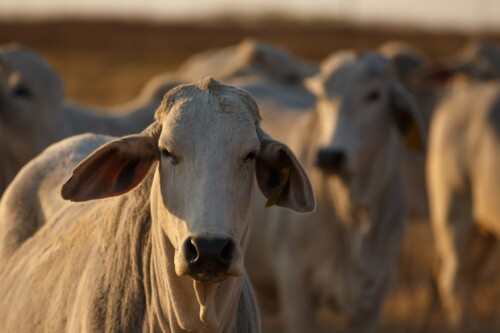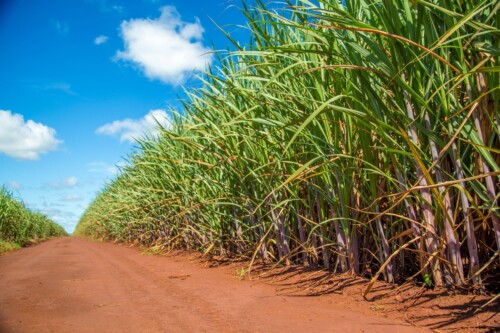Human dimensions of water quality improvement and emerging science

What are the co-benefits e.g., biodiversity, soil carbon, productivity, climate resilience, of land management to improve water quality outcomes for the Great Barrier Reef? [Q8.1]
Authors: Megan Star1,2, Iain Gordon2, Anne-Laurence Bibost2
Affiliations: 1Star Economics, 2 Central Queensland University
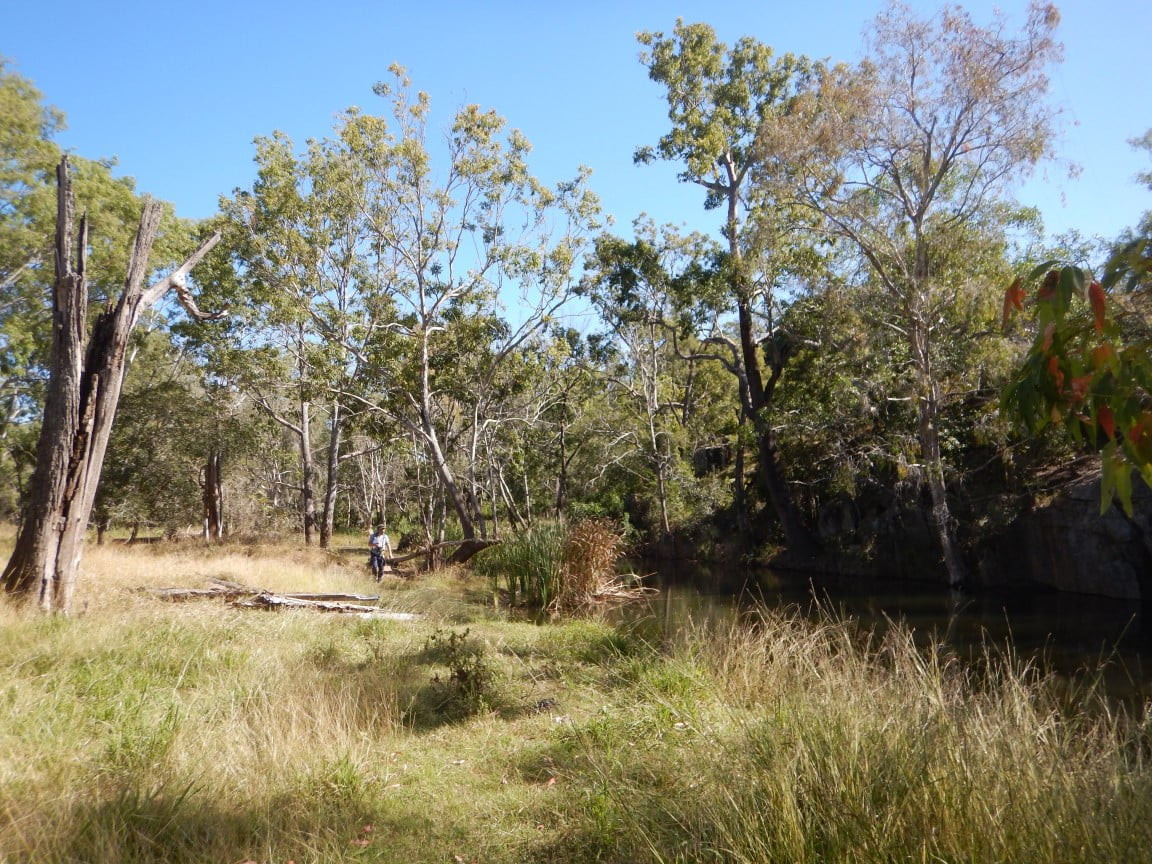
Evidence Statement
The synthesis of the evidence for Question 8.1 was based on 97 studies undertaken in the Great Barrier Reef, nationally and internationally, and published between 1990 and 2023. The synthesis includes a Moderate diversity of study types (63% observational or experimental, 26% reviews and 11% modelling), and has a Moderate confidence rating (based on Moderate consistency and Moderate overall relevance of studies).
Summary of findings relevant to policy or management action
Co-benefits occur where a specific land management practice implemented to improve water quality for the Great Barrier Reef has additional positive on-farm secondary impacts such as improving economic and production outcomes, reducing carbon emissions, increasing biodiversity or improving soil health. Economic and production co-benefits and the ‘downstream’ effects of these co-benefits on Great Barrier Reef ecosystems were outside of the scope of this Question and are addressed elsewhere in the Scientific Consensus Statement. The potential direct co-benefits of water quality improvement practices in grazing, sugarcane, bananas, horticulture and cropping (primarily grains) were included in this review; non-agricultural land uses (such as urban), conservation areas and wetlands were not in scope. Indirect or ‘expected’ co-benefits such as reduced gully erosion as a result of groundcover management in grazing lands, was not within scope. While limited, the available literature clearly indicates there may be significant environmental and social co-benefits from land management practices designed to improve water quality in the Great Barrier Reef. For example, reducing grazing pressure and changing the timing of grazing can lead to increased vegetation cover, particularly of perennial grasses. Increased vegetation cover can improve water infiltration and reduce runoff, which can lead to improved soil health, higher levels of soil carbon and greater biodiversity. In sugarcane and grain cropping systems, nitrogen management strategies (type, timing, and quantity applied) implemented to reduce the amount of nitrogen entering the Great Barrier Reef can also reduce nitrous oxide and greenhouse gas emissions. The use of break-crops, rotations, controlled traffic farming and trash blanketing, all of which are used to reduce runoff and erosion, also has demonstrated benefits for soil health. Co-benefits associated with management practices to improve water quality can be complex, and therefore are not guaranteed and require careful planning and design. Contextual and site factors, the specific design and implementation of the management action and program design can influence the extent, magnitude and duration of a co-benefit. Further work is needed to understand the potential co-benefits associated with water quality improvement actions in the Great Barrier Reef catchment area, and to devise appropriate mechanisms to encourage adoption of practices with multiple benefits.
Supporting points
- There are existing policy mechanisms such as the Land Restoration Fund and Australian Carbon Credit Unit scheme that are relevant to supporting co-benefits (environmental, socio-economic and First Nations) flowing from Great Barrier Reef water quality management practices. While these existing mechanisms could offer opportunities for water quality benefits to be included with other co-benefits over the same area, differences in the guidelines, timelines, measurements and specific practices of the programs currently impede this.
- Key considerations for successful policy and program design for encouragement and greater adoption of practices yielding co-benefits include the specific co-benefit being sought, the capacity to accrue multiple benefits, the framework that is applied to measure it and to achieve additional co-benefits, the time expected to achieve co-benefits and the monitoring and maintenance required to demonstrate their achievement.
- The ways in which land management practices and climate warming interact will affect co-benefits. As an example, grazing practices that increase tree cover, ground vegetation cover and soil carbon are likely to trap more water on the property and thus improve vegetation productivity, reducing the impacts of droughts.
Grazing
- The relationship between grazing management strategies and soil organic carbon over the short and long term is complex. Stored soil organic carbon (to a depth of 30 cm) appears to be influenced by various combinations of grazing intensity, land condition, rainfall and land/soil type, and it is difficult to establish evidence for a strong link between livestock management and soil organic carbon content. Studies to date indicate that the benefits of maintaining ground cover and/or reducing stocking rates for soil health can take many years.
- Improved riparian and vegetation management in grazing (and cropping) lands has been shown to result in positive changes for a range of bird, insect and other invertebrate species, with evidence of increases in species richness, relative abundance and change in composition.
Sugarcane
- In sugarcane, a critical Paddock to Reef Water Quality Risk Framework management practice to reduce the risk of nutrient runoff is to reduce the amount of fertiliser applied to match industry recommended rates. Reducing the amount of fertiliser applied can also reduce emissions of the greenhouse gas nitrous oxide, however, there are still losses through other pathways including deep drainage and runoff. Nitrous oxide emissions vary with soil type, temperature, and soil water which also vary across sugarcane growing regions.
- Maintaining sugarcane trash on paddocks after harvesting, or green cane trash blanketing can both minimise soil erosion and runoff, and improve soil health. The use of soybean break-crops for inhibiting monoculture fungus and pests has also shown benefits for soil health. However, there is limited evidence that trash blanketing is beneficial for soil carbon. There is some evidence of downstream benefits to biodiversity from maintaining streambank vegetation in sugarcane areas.
- The methods for measuring outcomes of co-benefits in sugarcane vary between studies, with additional variability in temporal and spatial characteristics, making it difficult to compare benefits between studies.
Horticulture and bananas
- There was only one study specific to horticulture, but many of the principles, practices and outcomes are similar to those of other cropping systems. As with sugarcane, reducing the amount of fertiliser applied in horticulture and bananas reduces the risk of nutrient runoff and potentially, nitrous oxide emissions. Nitrous oxide emission rates linked to the amount of fertiliser applied have been compared among horticulture crops, with emissions varying across the plots. Increased monitoring will help to understand these potential co-benefits.
Grains
- There are potential improvements to soil health from crop rotations and fallow management, which reduce sediment erosion, break monoculture and reduce disease pressure.
- Grain cropping systems have the most long-term comprehensive datasets to assess the various co-benefits flowing from water quality improvement practices, and to understand the impacts of different climate cycles and climate change. However, these data do not necessarily align with different environmental benefits. For example, a number of soil carbon recordings are made at different depths from those required for credit by the Australian Carbon Credits Unit.
